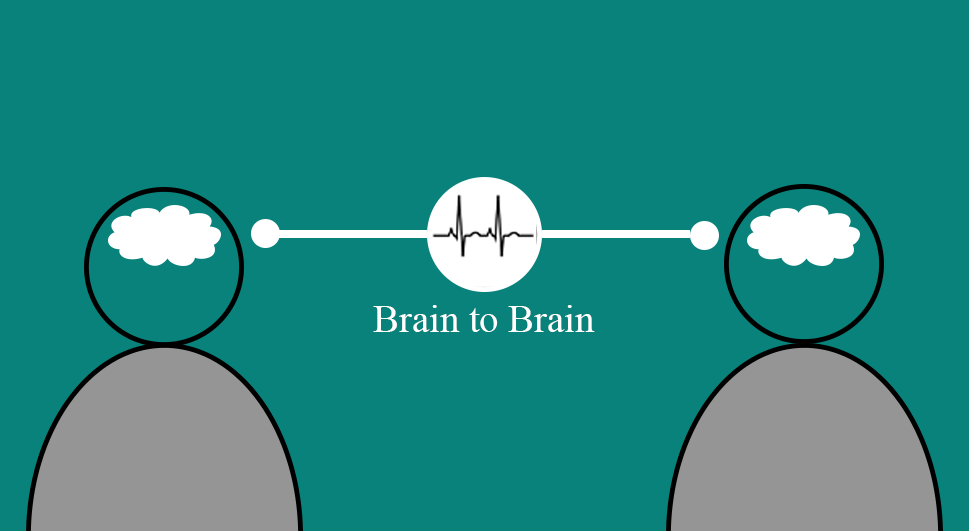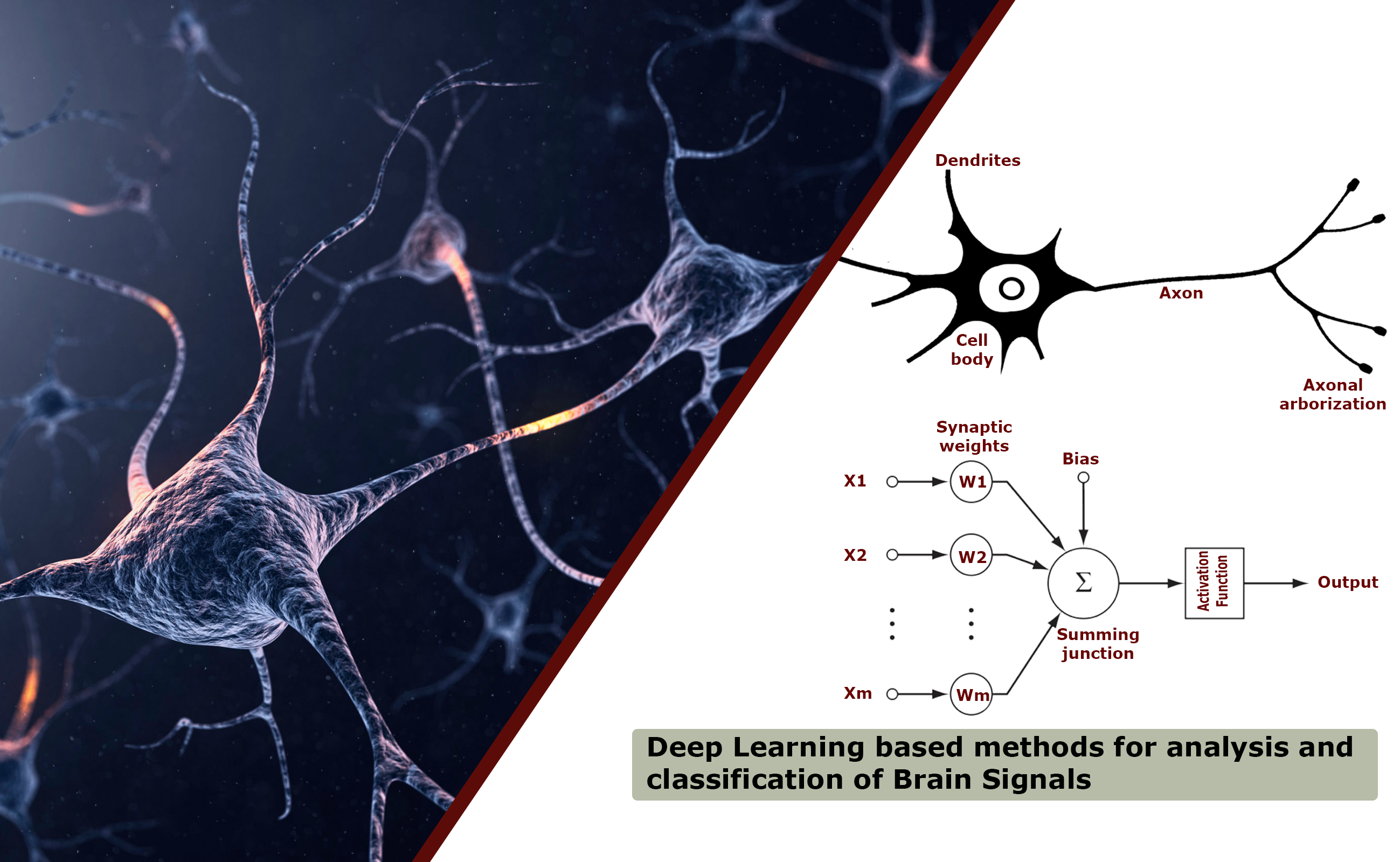About Us
This Laboratory is a IIT Kharagpur,India based body,which primarily investigates different Neuro-physical aspects/functionality of Human Brain by processing Brain signals captured by different Neuro-imaging techniques. Currently, our broad research area covers the neuro-physical analysis of Human Emotions, Autism & ADHD, Functional Connectivity analysis, Brain Computer Interface of Moto Imagery ( BCI - MI ), and BCI-speller. For this purpose, Brain signals captured by Neuro-imaging techniques like Electroencephalogram ( EEG ) and functional Magnetic Resonance Imaging ( fMRI ) are processed using advanced time-frequency signal processing methods to produce useful insights about the underlying brain functions. Our team further specilizes in classification and prediction tasks of Brain signals using advanced Machine Learning ( ML ) and Deep Learning ( DL ) techniques. Our team consists of a pool of PHD/ MS students and headed by Dr. Debasis Samanta, eminent faculty of Department of Computer Science Engineering ( CSE ),IIT-KGP.
News
No news for now. Keep an eager eye!
How will humans be able to communicate directly with machines?
Simply stated, the brain-computer interface (BCI) is a device that allows the user to send commands to machines that use only their brains. We already know that BCIs can read brain signals and send them to machines, but, in turn, BCIs can also receive signals from machines and relay them to the brain. Theoretically, if I had a BCI and you had one, we could only interact with our minds. That's telepathy—and it's exciting and adventurous. No this is not a science fiction film, now this becomes the reality.

How to extract the movement intentions of paralyzed patients from their brain signals, enabling them to use their smartphone or device wirelessly?
Loss of ability to move, as a result of spinal cord injury or neuromuscular disease, has devastating implications for the paralyzed person and has significant economic consequences for society. BCI is effective for communication and control in patients with serious paralysis. BCI helps users to express their intentions directly without the intervention of the motor periphery.

How emotion can be recognized by machines?
Many findings indicate that emotional states are correlated with electrical activity generated in the central nervous system. Brain activity can be measured by its electrical signals by detecting changes, locations, and functional interactions using EEG devices. BCI systems will improve their usefulness quickly. Shortly, however, they may be used regularly to detect emotions for a variety of reasons, such as tracking emotions in health care services, gaming and entertainment, teaching-learning scenarios, and improving efficiency at the workplace, among other uses.



